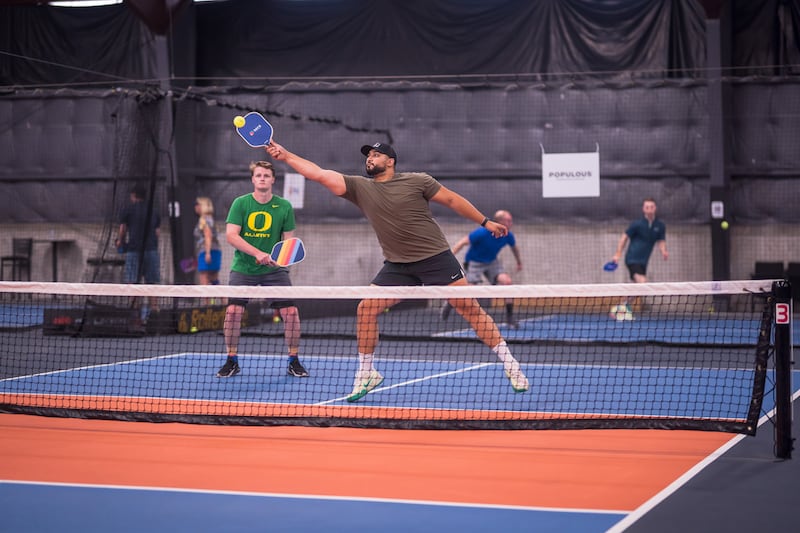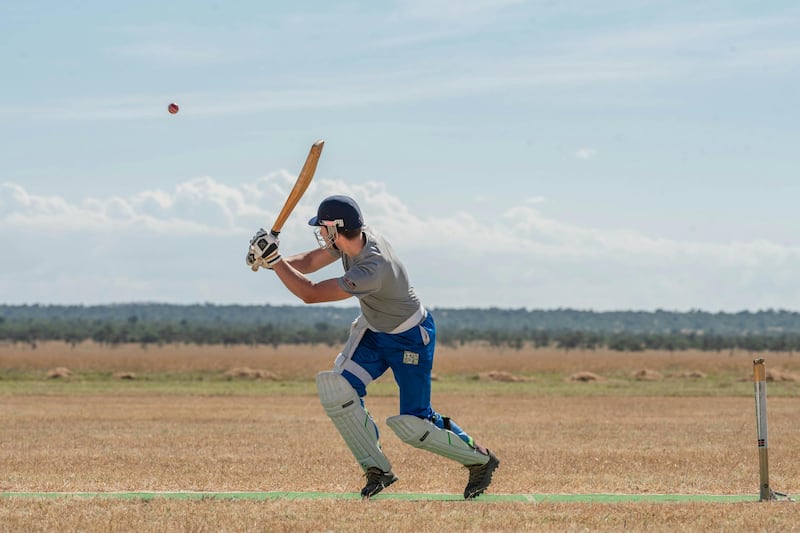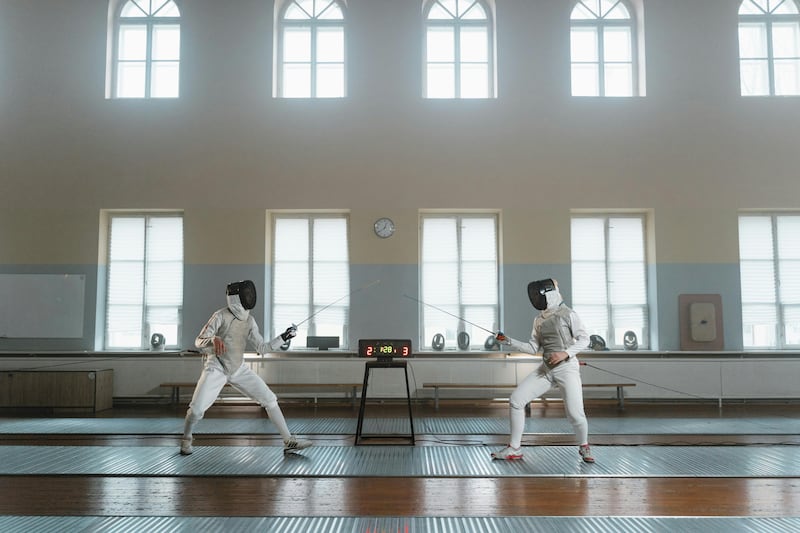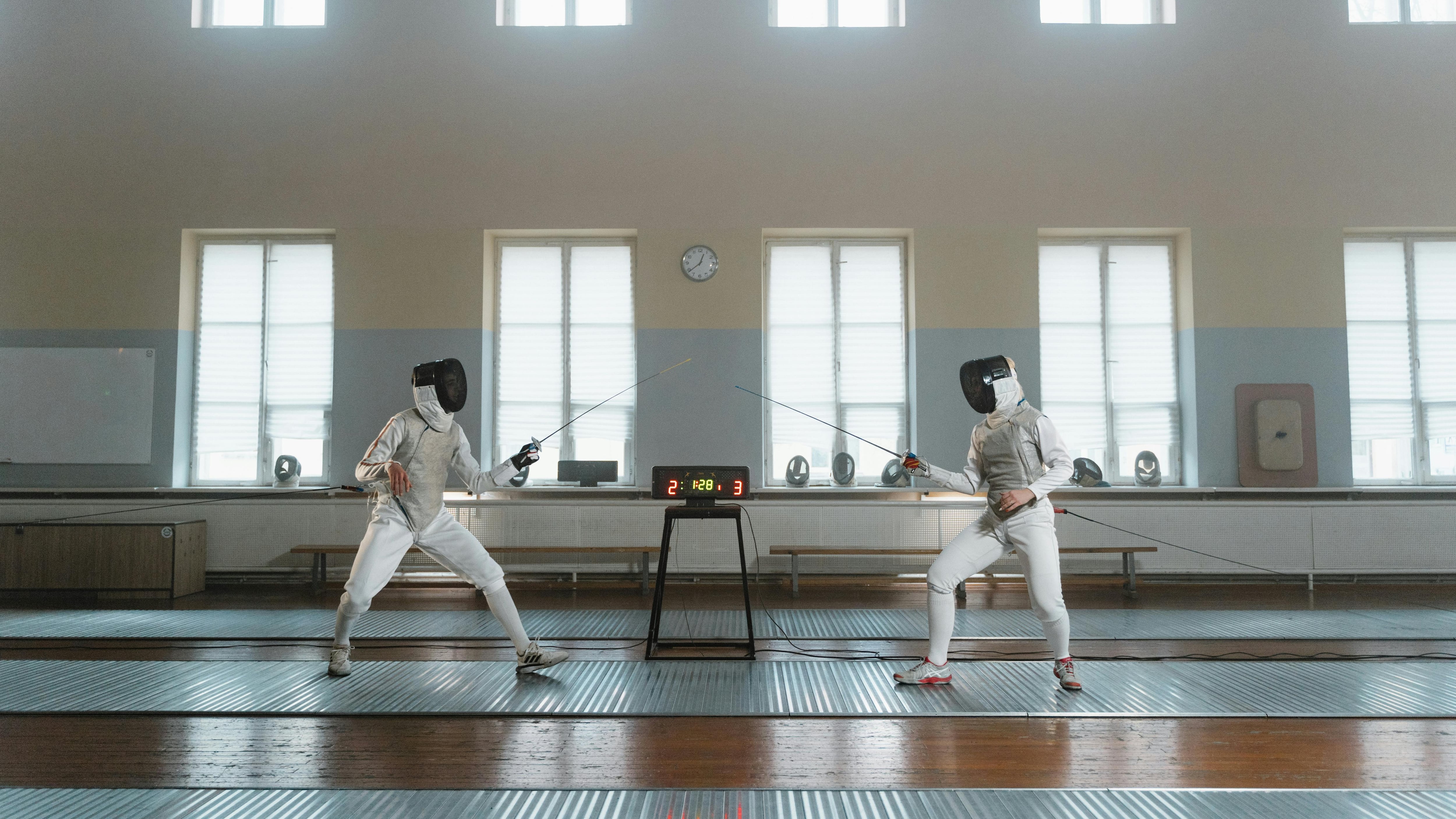This may come as a shock, but alternative newsweeklies aren’t typically hotbeds of jock types. We don’t host after-work pickup games of soccer, basketball or flag football, though WW staff did manage a group pickleball outing a couple of years ago with no major injuries. So, for this sports issue, we’ve compiled a guide to some alternative sports for people to try, hopefully that won’t trigger any latent elementary school gym class trauma.
Pickleball is hardly an alternative sport anymore, given the explosion in courts across the country and the fact that Andre Agassi went pro in April. In our own westside ’burbs, two new pickleball facilities—RECS Tualatin and Pickleball Kingdom—will open five minutes from each other in Tigard-Tualatin. But the love-it-or-hate-it paddle sport with the distinctive thwack-thwack soundtrack provides tons of physical, mental and social benefits, according to Kevin Richards, founder and CEO of RECS indoor pickleball courts. RECS stands for recreate, exercise, compete and socialize. “Pickleball is our flagship sport because it delivers on all of those things,” Richards says.
Here are five prospects for your new favorite sport, and how to get started in each. This is, obviously, not an all-inclusive list, and there are myriad ways to get creative with new athletic pursuits. Pole dancing, dragon boat racing, bouldering—Portland’s got you covered.

1. Pickleball
The rules: Think of pickleball as mini-tennis or mega-pingpong. Single players or a pair of doubles hit a plastic ball back and forth across a net with small handheld paddles. The court is about half the size of a tennis court, and the ball doesn’t move as fast, so even people who aren’t super fit, coordinated or clear on the rules can still have a good time on their first day.
Gear: Tennis shoes and breathable athletic clothing, preferably with pockets to hold extra pickleballs.
Challenge level: 3 out of 3. “You don’t have to be in great shape but balance is the most important thing,” Richards says. “Injuries happen when people haven’t done anything athletic in a while, but their brain remembers when they could do more athletic things.”
Venues: Tons around town, including The People’s Courts (2700 NE 82nd Ave.), Jumbo’s Pickleball (2320 Lloyd Center), and RECS (17015 SE 82nd Drive, Clackamas), the latter of which offers weekly introduction to pickleball clinics for only $20. There are free, outdoor courts maintained by Portland Parks & Recreation, too.

2. Cricket
The rules: Cricket is similar to baseball and hugely popular in South Asia, Australia and the U.K. Players score runs by hitting the ball with a bat and running between wickets on the cricket pitch, which is a rectangle, not a diamond. It’s a little rude to call cricket an alternative sport since it’s the world’s second-most popular, behind only soccer, but here in the U.S., it remains up and coming. Arun Batish co-founded the Portland Metro Open Cricket League in 2002 with his friend Suresh Nair, both of whom are originally from India. They say the sport is super easy to pick up and a wonderful way to get outside, socialize and relieve stress.
The Portland league plays “softball cricket” so there’s way less chance of getting hurt, too. Over the past two decades, the league has grown from two teams up to 26. “We draw a diverse group of people to the league, in terms of people from different countries and age groups, and they all have a good time,” Batish says.
Gear: “You need a bat and a ball, and as a league, we provide the balls,” Nair says.
Challenge level: 2/3. You’ve got to be able to run between the wickets, plus have the hand-eye coordination to hit a ball with a bat.
Venues: There are proper cricket pitches in Tigard, Gresham and out in Banks, but the game can be played on soccer fields, too, Batish says.

3. Lawn Bowling
The rules: Many world cultures have outdoor bowling sports, with slight variations. The French play pétanque, Italians play bocce, Belgians go feather bowling, etc. The version that originated in Britain, lawn bowling, has a home here at the Portland Lawn Bowling Club in Westmoreland Park (the club shares a venue with the Portland Pétanque Club). “It is curling on grass, with biased [asymmetrical] balls,” says Kane Tobin, PLBC president.
Players try to stop their bowls as close as possible to a small white target ball called a jack. “It takes about 30 minutes to figure it out,” Tobin says. “And then it takes a lifetime to get as good as you want to be.”
Gear: The club provides equipment for newbies.
Challenge level: 1/3. “It is a great light workout,” Tobin says. “You’re walking back and forth and doing some light lunges.” Bonus: You can easily do this sport while holding a drink and not spilling it.
Venues: PLBC hosts free open houses at Westmoreland Park (7530 SE 22nd Ave.) twice a month for people to try out the sport. The next one is Aug. 20. Portland Parks & Recreation also offers lawn bowling lessons.

4. Disc Golf
The rules: Disc golf is a round of golf with Frisbee-like discs. Players start at a tee pad and make their way to the target, which is a basket with chains that you try to land your disc in in as few throws as possible. As in traditional golf, beginner courses mostly consist of par 3s, but big championship courses have par 4s and 5s, according to Jesse Tomaino, vice president of Stumptown Disc Golf Club.
“It’s a great excuse to get outside, especially in the Northwest in the forest; it’s just really zen,” Tomaino says. “And we get the competitive aspect in the tournaments.”
Gear: “One used disc for $5 to $10, and that’s all you need to go out and play,” Tomaino says. “It obviously gets more involved the more you play. Eventually, you’ll have a bag of 20 discs before you play in tournaments.”
Challenge level: 2/3. You must be able to walk a couple of miles and throw a disc repeatedly.
Venues: The only 18-hole course within city limits is in Pier Park in St. Johns, which Tomaino deems “approachable but challenging.” There are beginner courses in Hillsboro and Gresham.

5. Fencing
The rules: Call it epee, foil or saber fencing—it is all sword fighting and it is badass. Those are the three main weapons available in fencing, which is an old martial art based on real combat. PDX Fencing (5645 SW Arctic Drive, Beaverton) specializes in coaching saber, which is the most aggressive of the three, says Charles Randall, PDX Fencing owner and head coach. “Saber is a cavalry weapon—it’s a slashing, cutting motion, but you can also stab with the point.”
Two fencers face off in bouts in which they try to score points. These take one or two seconds each. (“It’s chess at 100 miles per hour,” Randall says.) Epee and foil, which are taught at places like Northwest Fencing Center (11117 SW Greenburg Road, Tigard) and at recreation centers, are a little more beginner friendly. All of them get right to the point, so to speak, for newbies: “If you don’t give them a weapon in their hand right away, they’re going to go play soccer.”
Gear: Most clubs and classes supply all of the equipment to start, so just wear comfortable clothes and rubber-soled shoes. Once people commit to the sport, the first things they’ll need are a mask, glove and sword.
Challenge level: 2/3. Fencing requires split-second decision making and intricate footwork.
Venues: In addition to the many suburban studios, Portland Community College offers fencing classes, and there’s Studio of American Fencing (4048 NE 42nd Ave.).

